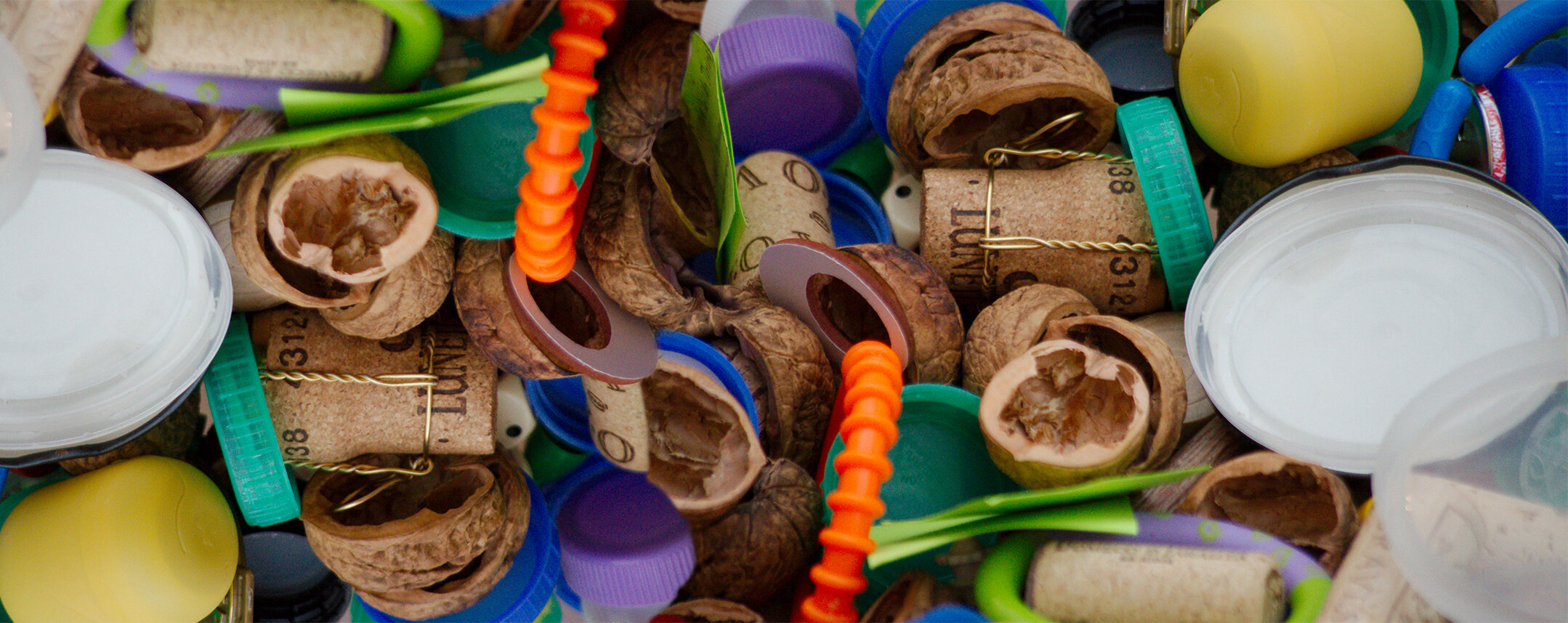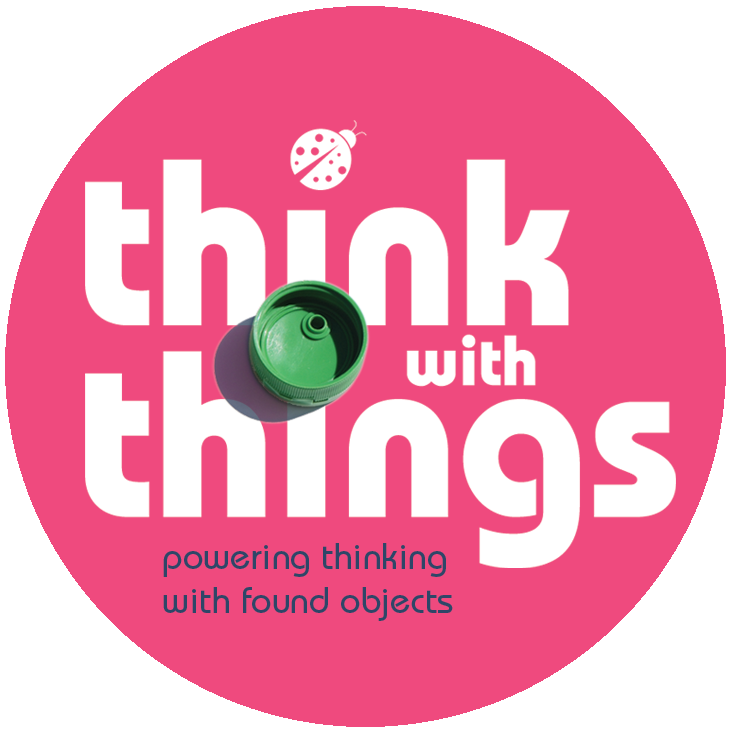
Making Thinking Happen
Everywhere with Everything!
How did TwT come to be?
Think with Things was officially born in 2014 as one of 7 winners of the Open Education Challenge to make a difference in education on a global level by bringing the idea of hands-on learning through play and thinking with found objects into the typical everyday structured learning environments of children, as well as adults. The idea came about way before that, while I designed learning environments with children.
Jules-Guardian of the Idea
Designer, mother of 3 boys and education change maker with over 18 years of experience in design and education. My passion lies in working with educational institutions, government initiatives, museums and corporations to create experiences and environments that inspire creative thinking. I love presenting and training and have played with various groups, from teams of teachers, museum practitioners, business people, artists, parents and children from 0-99.
I would love to talk with you about Think with Things and the advantages for your team. —Jules
Think with Things is...
…promoting a playful way of making abstract ideas more concrete and visual so that they can be better understood, discussed and reconstructed. I help educators & businesses see great potential in everyday things around them.
Mission
Think with Things primary mission is to promote everyday objects and their connected learning possibilities. Through years of observing and working in educational settings, I have come to one conclusion. Things that help us think and learn are all around us, and we need to unlock their potential. We already have all the materials we need to engage and create exceptional educational outcomes for every person.
For over ten years, I have carried boxes of ‘things’ into every workshop, training, and discussion. Moreover, we have learnt that children and adults alike become more and more engaged, communicative, creative and inspired when they work with “things”.
So what are these amazing things? Are they expensive, rare or fragile?
No! They are found objects, bottle tops, corks, buttons, and things from everyday life, probably thrown away often without thinking twice. For our children, however, they are treasures, things that they keep in their pockets. A rock from a walk in the woods, a bottle top from the sidewalk. These things are much more than stuff that clutters adult surroundings. We have seen their potential as fantastic thinking tools, and we believe children also see this potential. They collect things, keep them safe, tell stories, and use them to build and design fantastic new worlds.
These THINGS not only fill their pockets but also fuel their imagination and build their knowledge.
When it is time to learn, we tend to take these precious things away. We ask children to empty their pockets and often their minds to be fully focused and ready to learn. But are they? Or are we taking away their natural ability to explain their ideas and problems visually, thus educating them out of their creativity?
From Play to Work and back to Play!
Taking observations from children and developed an engaging and fun method to get adults to reflect on their childhood selves and find back this uninhibited creativity and imagination, allowing them to solve problems in their everyday work and lives that seem to be hard to explain let alone solve through play!

360° Business Model
Learning from Children.
After more than 15 years of bringing things into Educational settings with young children, I am excited about a 360° model! This benefits both business and education. Over that 15 years, I have learned much from children about how they approach problems and innovation. I have also perfected our method of using things to think, and all of this has gone into making our business workshops amazingly powerful.
The idea of the 360° model is that a percentage of revenue from the business workshops goes back into education and our continuing partnerships with educators gives great ideas to better business workshops.
Besides, it helps reach children and educators that need trainings and resource ideas more than ever by partnering educators, schools and organizations worldwide that we are proud to support through this new model.







